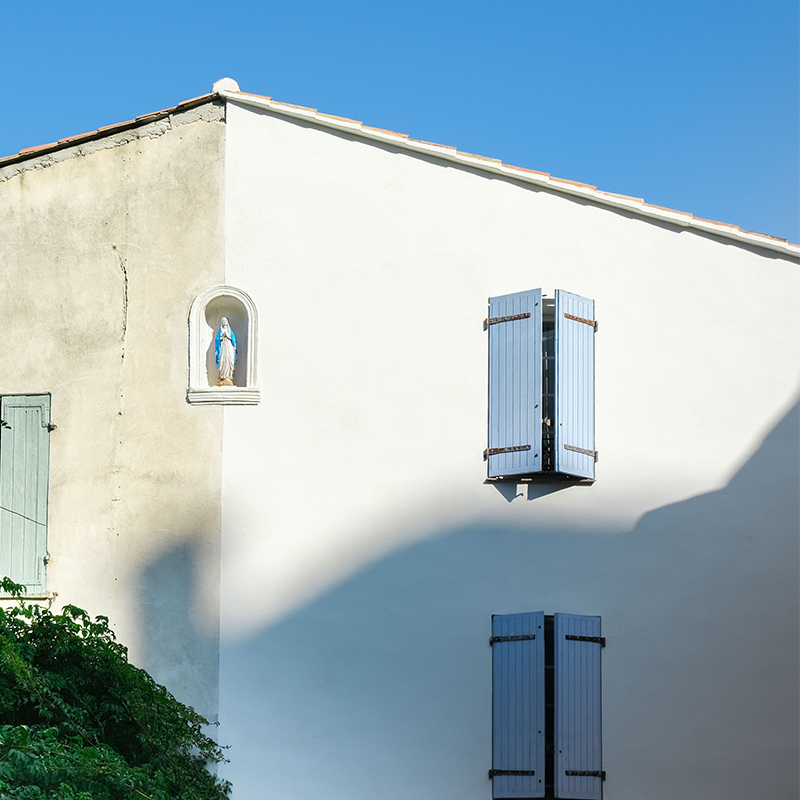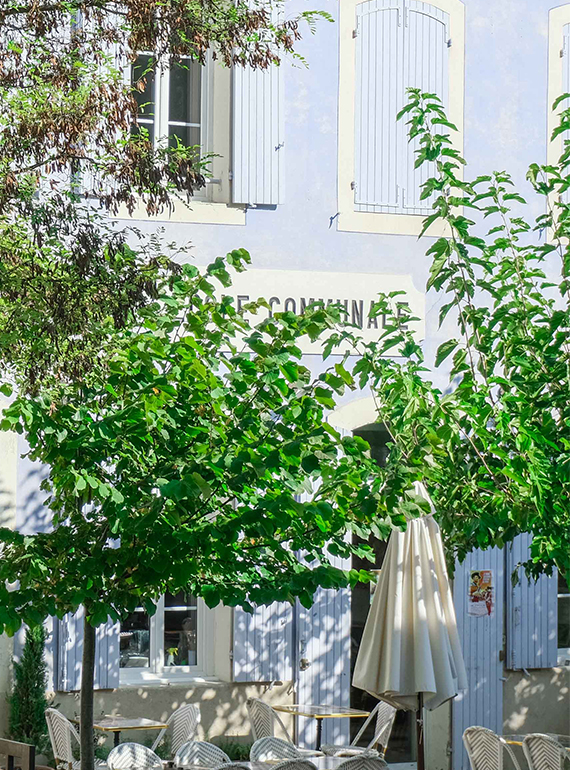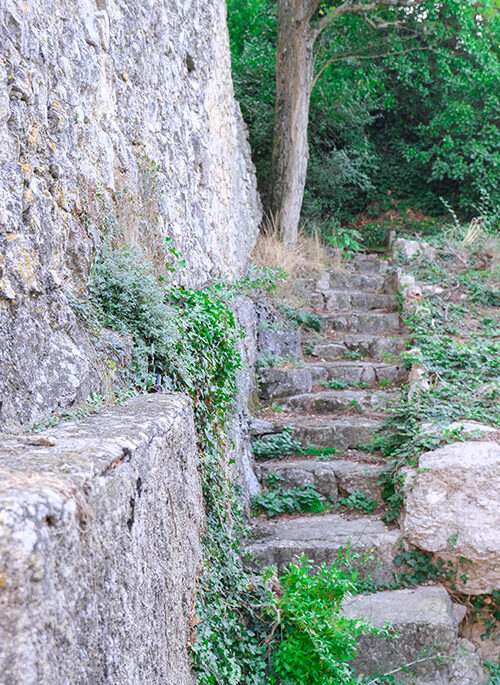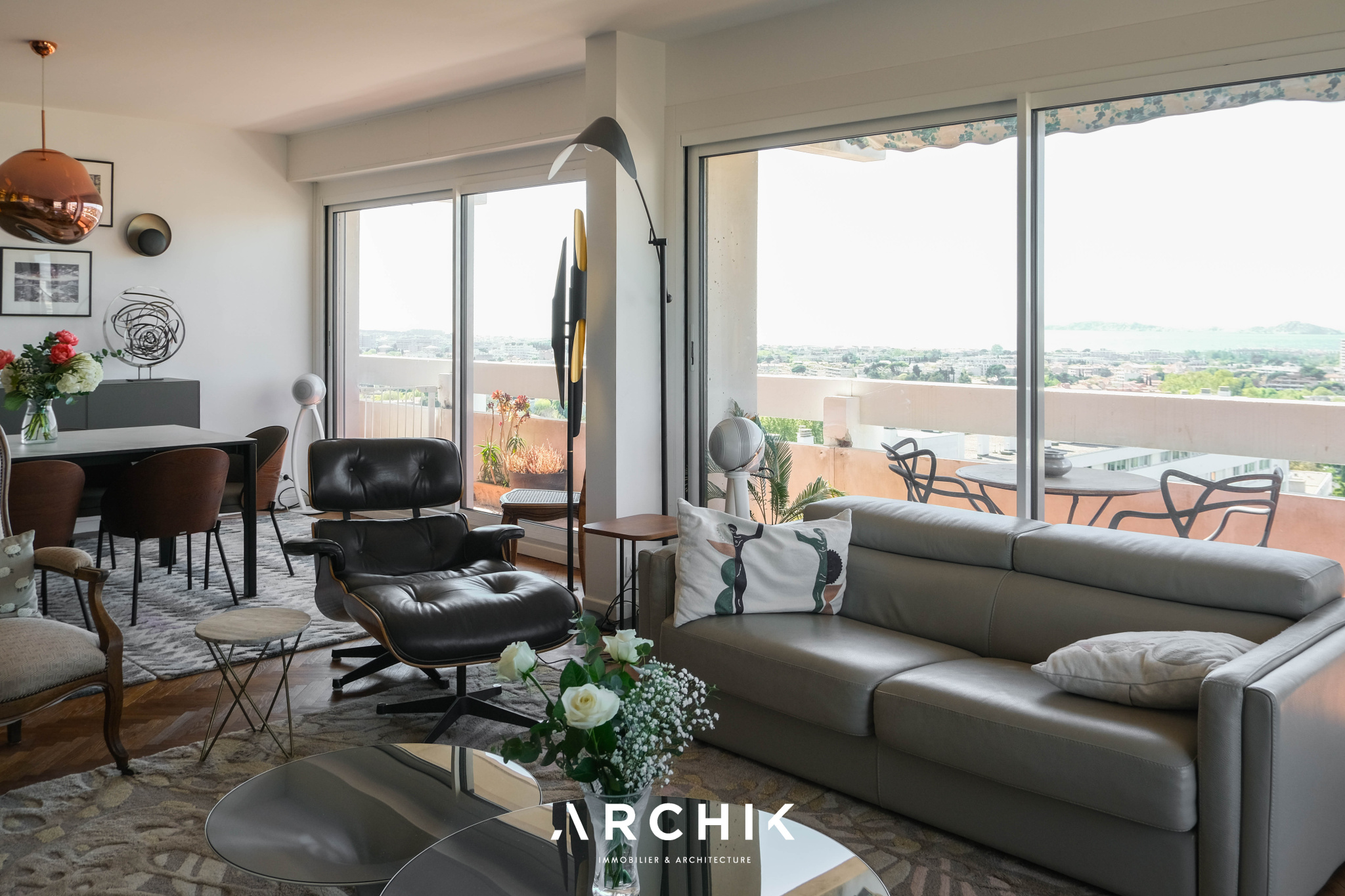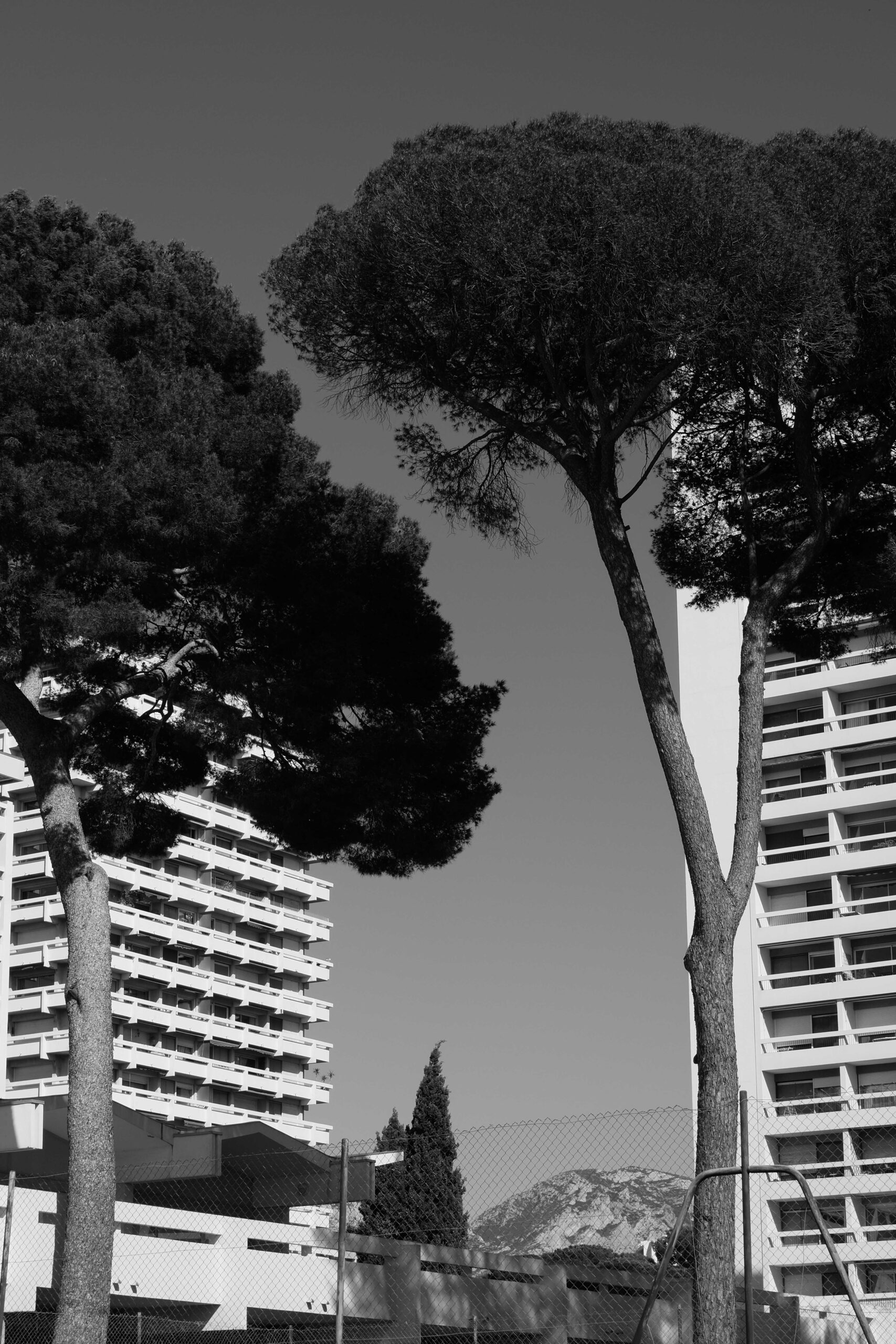LE VERDON

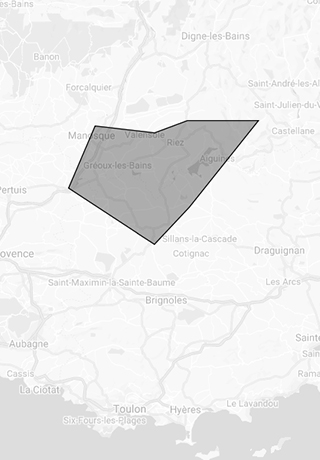
Located at the crossroads of the Mediterranean and the Pre-Alps, the Verdon Regional Nature Park, created in 1997, now encompasses 43 municipalities in the Var and Alpes-de-Haute-Provence departments. Known for its majestic classified gorges, this protected area offers breathtaking and verdant panoramas stretching from the Haut Var to the Sainte-Croix lake and the lavender fields of the Valensole plateau. For nature lovers or thrill-seekers, this region offers numerous outdoor activities (hiking, horse riding, mountain biking, rafting, canyoning, paragliding…).
The Verdon is also a land of contrasts and a culturally rich territory. Known for their history, their heritage or their age-old crafts, places such as Moustiers-Sainte-Marie, Saint-Julien-du-Verdon or Aups have kept the charm of the Provençal villages of the past.
Esparron-de-Pallières, a village of 400 inhabitants, clinging to the hillside and dominated by its castle, is also a favourite. A “Village of Character”, it has kept its topography and its centuries-old streets intact. Esparron, marked by Charles d’Arcussia, former lord and author of a world-famous treatise on falconry, still celebrates today a festival dedicated to birds of prey with demonstrations of hunting in flight.
